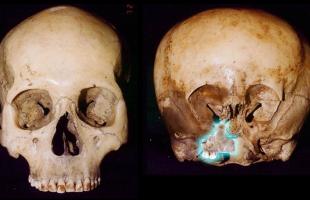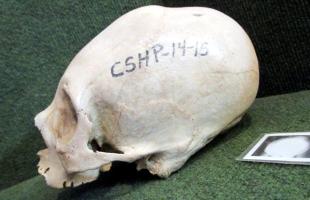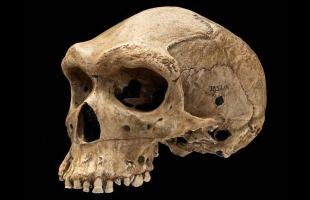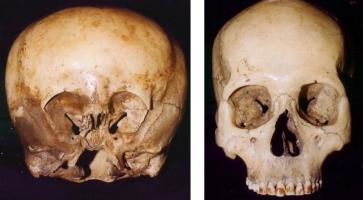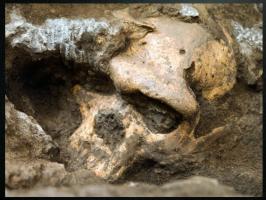The skull of OLSTYKKE

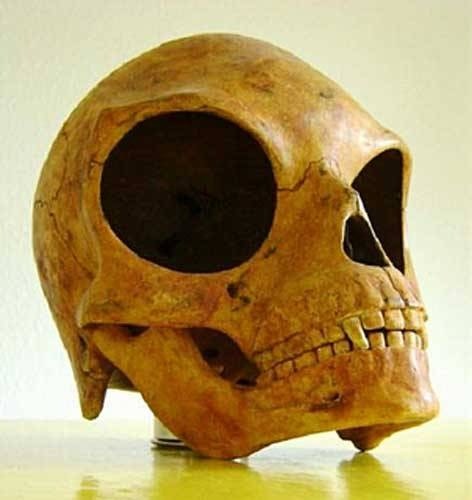
An alien survivor from a prehistoric "UFO-crash"? An unlucky time traveler from the future? A trader from a parallel universe? A previously unknown species? Or a simple deformity of a human being? No one knows for sure yet, but no matter the explanation, the Sealand Skull has the potential to change the way we see the world we live in.
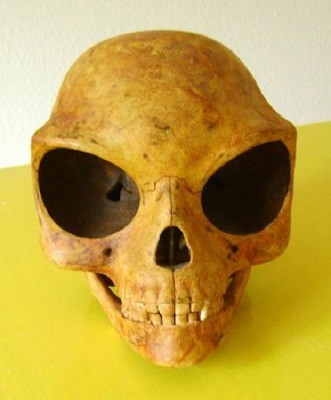
The July 2007 discovery of the skull in Olstykke on the Danish island Sealand, however, did not make headlines and remained largely ignored by science until 2010. Researchers who in 2008 examined the skull at the Veterinary High School in Copenhagen simply concluded that although similar to a mammal, some characteristics make it impossible to assemble the taxonomy of the animals known so far.
Excavated during the replacement of the old waste pipes, it was initially thought to be some horse bones, as the house previously belonged to a horse butcher, and the garden was full of remains. Until, during the filling of the trench, someone noticed his humanoid form. Subsequent excavations at the site uncovered no further remains with any connection to the creature, only easily identifiable animal bones, stone axes and other Neolithic tools that are common in the area. The fact that the skull was found among Neolithic remains does not actually reveal its age. Carbon-14 dating at the Niels Bohr Institute in Copenhagen showed that the creature lived between 1200 and 1280 AD. Furthermore, the skull was found on top of some not-so-old pipes, the age of which suggests that it was not buried until after 1900. The absence of parts of the skeleton, coupled with the state of preservation of the skull, also led scientists to suspect that it was not buried for a long time, probably only a couple of decades.
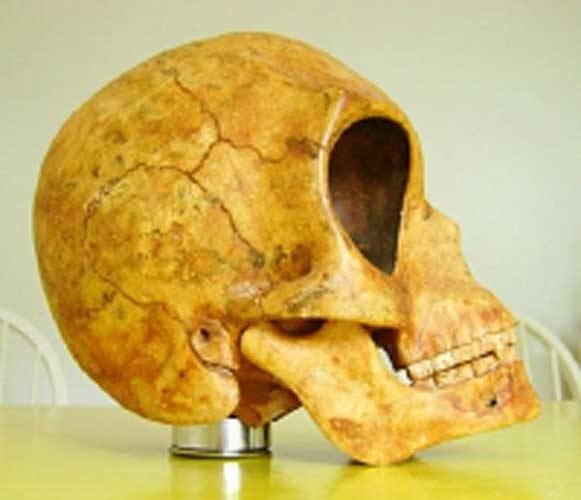
Perhaps to hide the secret behind its existence someone kept it for centuries and then deliberately buried it. It is interesting to note that residents in Olstykke and nearby villages have from ancient times spoken of a local member of the ordre Lux Pegasos (the Order of the Light Pegasus). Several rumors circulate about the Order between that of a mysterious skull and various devices, made of extraordinary light, even if made of unbreakable metal or ceramic. The skull is said to have originated from the Balkans, but was also preserved in Paris, France and Munich, Germany, before arriving in Denmark.
If the story is true, it is possible that further research may lead to the location of the alien artifacts. It is plausible that the Lux Pegasos order still preserves objects that allow us a better understanding of its origin and purpose. Little is known about the order however, only that it was formed around 1350 and throughout its existence counted influential poets and writers among its members.
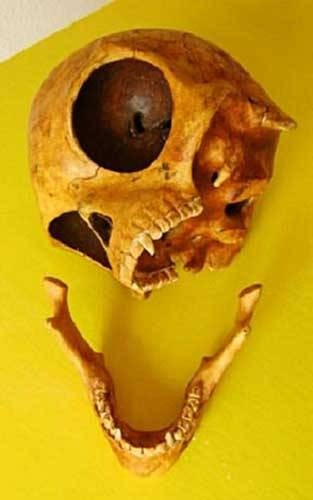
The Sealand Skull is about one and a half times larger than a male Homo sapiens skull. Especially the orbits contribute to its size. Its smooth surface reveals that the creature was adapted to the cold climate, and its relative size reveals that it was a nocturnal creature, living underground or on a planet orbiting a remote or faint star, probably a red dwarf or orange. The star 51 Pegasi in the constellation Pegasus is observed to be the first Sun-like star known to have a planet. Planets orbiting the star HR 8799 Pegasus were the first to be discovered, and spectroscopic analysis of HD 209458 b, another planet, in the constellation, provided the first evidence of atmospheric water vapor beyond our solar system.









